Burmese Pythons: Species Profile
Updated on 04/26/24
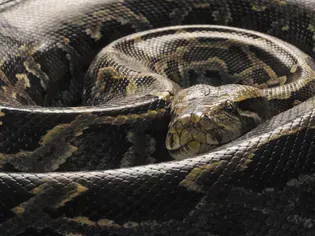
Burmese Pythons: Unveiling the Enigmatic Giants of the Reptile Realm
Embark on an enthralling journey into the captivating world of Burmese pythons, the majestic constrictors that have captivated the imaginations of reptile enthusiasts and nature lovers alike. This comprehensive species profile delves into the intricate details of their biology, behavior, and conservation status, providing an unparalleled understanding of these extraordinary creatures.
1. Taxonomy and Evolutionary History
- Burmese pythons (Python bivittatus) belong to the family Pythonidae, comprising the world's largest snakes.
- They are native to Southeast Asia, inhabiting countries such as Myanmar (Burma), Thailand, Laos, Vietnam, and Cambodia.
- Genetic studies suggest that Burmese pythons have been evolving for approximately 20 million years.
2. Physical Characteristics
- Size and Weight: Burmese pythons are renowned for their immense size. Adult females typically measure between 10-18 feet in length and weigh between 40-100 pounds. Males are generally smaller, ranging from 6-12 feet and weighing 20-60 pounds.
- Coloration: Their base color varies from light to dark brown, adorned with a distinctive pattern of black blotches and stripes along their backs and sides.
- Head and Jaws: Burmese pythons possess large, triangular heads with heat-sensing pits located between their nostrils and eyes. Their powerful jaws are equipped with numerous small, backward-curved teeth.
- Scales: Their scales are smooth and iridescent, giving them an ethereal appearance.
3. Habitat and Distribution
- Wild Burmese pythons primarily inhabit dense forests, grasslands, and wetlands.
- They have a strong preference for warm, humid environments with ample vegetation and water sources.
- Their distribution has expanded significantly due to human activities, including the illegal pet trade and accidental releases.
4. Behavior and Biology
- Hunting and Feeding: Burmese pythons are nocturnal predators that primarily hunt rodents, birds, and mammals. They employ a unique ambush strategy, lying in wait for their prey before striking with lightning speed.
- Constricting Technique: Once they have seized their prey, they wrap their powerful coils around it, constricting its body until it suffocates.
- Thermoregulation: Burmese pythons are ectothermic, meaning they rely on external heat sources to regulate their body temperature. They often bask in the sun or seek shelter in warm, enclosed spaces.
5. Reproduction and Life Cycle
- Breeding Season: Burmese pythons typically mate during the dry season (December to April).
- Courting Ritual: Males engage in courtship rituals to attract a female's attention, often involving head bobbing, tail twitching, and scent marking.
- Oviparity: Females are oviparous, laying large clutches of eggs that they carefully guard until they hatch. Clutch sizes can range from 20 to 100 eggs.
- Incubation Period: Eggs are incubated for approximately 60-90 days before the tiny pythons emerge.
6. Conservation Status
- Wild Burmese python populations have declined significantly due to habitat loss, poaching, and the illegal pet trade.
- They are classified as Vulnerable by the International Union for Conservation of Nature (IUCN).
- Conservation efforts aim to protect their remaining habitats and regulate the pet trade to ensure their long-term survival.
7. Burmese Pythons in Captivity
- Burmese pythons are popular pets among reptile enthusiasts due to their size, beauty, and docile demeanor.
- Captive care requires specialized knowledge and facilities to meet their environmental, dietary, and healthcare needs.
- Responsible ownership involves providing adequate space, proper temperature and humidity, a nutritious diet, and regular veterinary checkups.
8. Burmese Pythons in the Wild: Caution and Respect
- While Burmese pythons are generally not considered aggressive towards humans, they can inflict serious injuries if provoked or startled.
- In the wild, it is essential to maintain a safe distance and avoid disturbing them.
- If encountering a Burmese python, remain calm, slowly back away, and give it ample space to move away.
Conclusion
Burmese pythons are extraordinary creatures that embody the wonders of the natural world. Their enigmatic beauty, formidable size, and complex behaviors have captivated the imaginations of both scientists and the general public alike. Through responsible conservation efforts and respectful interactions in the wild, we can ensure that these magnificent reptiles continue to thrive for generations to come.
Explore More Pets
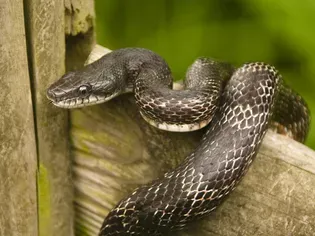
Pet Snake Species
Black Rat Snake: Species Profile

Pet Snake Species
How to Care for a Pet Corn Snake

Pet Snake Species
Do Ball Pythons Make Good Pets?
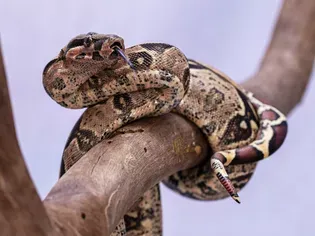
Pet Snake Species
Central American Boa Species Profile
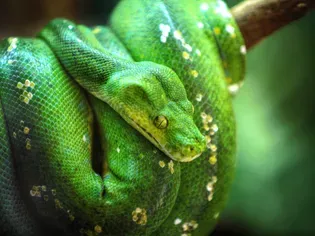
Pet Snake Species
How to Care for a Pet Green Tree Python
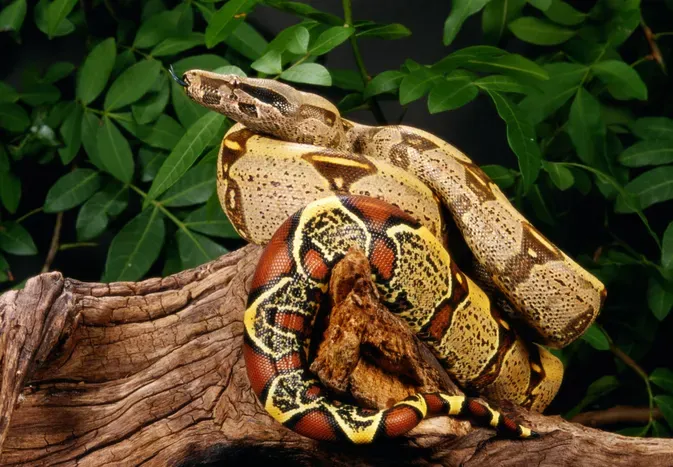
Pet Snake Species
Red Tail Boas
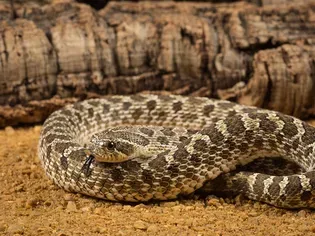
Pet Snake Species
Hognose Snake: Species Profile
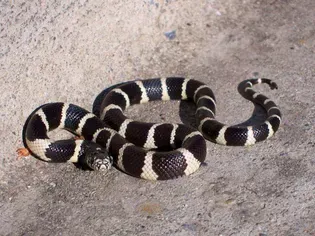
Pet Snake Species
Kingsnakes and Milk Snakes: Species Profile